Which is why recent delivery of accurate long range artillery from France and Sweden are so important. JL
Phillips O'Brien reports in his substack:
People focusing on the coming ‘offensives’, I would argue, have an episodic and only partial understanding of the process of war. It’s the continuous struggle for force generation and deployment that will determine the course of the war. Tanks are used only in the battle stage, when the forces directly engage. What matters far more is how those battles are shaped (actually determined) ahead of time. That is done through logistics control and attrition. So tanks will help—range weapons and air power will determine.Last week, with the decision by Washington and Berlin (to a certain degree forced on them) to supply MBTs (Main Battle Tanks) to Ukraine in 2023, we witnessed the dividends being paid by the growing assertiveness of Europe’s Northern and Central/Eastern nations. This has been coming since the moments Russian forces launched their full scale invasion. Here back in early March has been one of the real powerful presences of this movement, Estonian PM Kaja Kallas, saying that its so important that Putin outright ‘lose’ this war.
Estonia’s PM Kaja Kallas: “I think definitely Putin has to lose this war. Otherwise, it’s, again, a signal that he can get away with this and he has then, you know, other ideas,” Ms. Kallas tells @MariekeWalshNow at the time, these kinds of statements received little coverage. Indeed, as per normal, much of the reporting came from the capitals of the larger western European capitals, Paris, Berlin, Rome and London—where generally (the UK was an exception) the reporting was that Putin needed to be opposed, but that means needed to be established for him to save face.
‘…“However, at some point, sooner or later, Zelensky will have to talk to Putin and negotiate,” he [Macron] said. Macron also said that France is ready to become a guarantor for Ukraine’s security after peace is negotiated.’This is not surprising. Much of the media has been conditioned to look to the large countries for leadership in Europe, and individually they are the most powerful. However in doing so, many missed the extraordinary changes happening in the North and East. I tried to summarize how this happened this week in the Atlantic.
"Some of NATO’s smaller members and partners understand the Russian threat far more clearly than the U.S. or Germany does, because they don’t have the option of complacency," @PhillipsPOBrien writes:I do think the pressure that was applied by the Nordics, Baltics and Poland, Czechia, Slovakia, etc, really do matter, and going forward their outlooks will play an outsized role in the establishment of Europe’s security priorities. This is because they have a common outlook that will hold them together, and secondly because they are together one of the richest groupings in Europe and they will grown relatively richer in the future. This wealth has lead them to construct some of the most powerful military forces on the continent.
The outlook is clear—what Russia has done is not some misbegotten great power gambit, it is the greatest existential threat they have faced since 1989 and probably 1945. Russia was always thought to be unpredictable and dangerous by these powers, but now it has been revealed as genocidal and expansionist. The only way to hold such a Russia in check is not only to defeat outright the Russian forces now attacking Ukraine, its to guard against a Russian strategic rebirth in the future. They don’t want to go back to the old (failed) ‘great’ powers way of doing business, where Berlin would call Moscow, and they would work out arrangements that the smaller countries would have to follow. This outlook is why, for instance, they are dismissive of those who are amplifying Russian nuclear threats. There existential threat is Russia, and Russia must be defeated.
Russia’s neighbours in general are less concerned about (nuclear) escalation than countries further to the West - or rather, the former never saw this as a reason to limit military aid to Ukraine. Russia’s defeat in Ukraine is their real existential interest. https://t.co/xkCj4uxu3HI find it fascinating that it’s those who have generally argued that Russia should be appeased that are amplifying Russian nuclear threats, but the Ukrainians, who would presumably be attacked, are less worried.Phillips P. OBrien @PhillipsPOBrienThis outlook is combined with great and growing wealth, and significant military power. The wealth factor is sometimes overlooked, as individually these are considered ‘small’ powers—however collectively they are far, far, wealthier than Russia for instance.
was asked why I left Denmark out--partly because it made the wealth differential seem so extreme. If you add Denmark, the Nordics, Baltics and Pol/Cze/Slv are together more than 60% wealthier than Russia (and democratic, technologically advanced, and less corrupt). They matter.One quite interesting example of this is the growth of Poland, which is estimated to pass the UK and France in GDP per capital wealth in the coming 20 years.
🇵🇱 According to IMF estimates Poland GDP per capita may overtake: - Japan and Italy by 2029 - Canada and UK by 2032 - Germany by 2039 Of course many things can happen but Poland and the Intermarium are in a crucial economic and geopolitical shift.So these countries have a particular mindset, have wealth and technological expertise and possess some of the best equipped militaries in Europe. From the Finnish and Polish Armies, to the Norwegian and Swedish Air Forces, etc, we see some of the most modernized and up to date military formations in Europe. One example, together Norway, Denmark, Finland and Poland have plans to purchase more than 150 F-35s. Britain now is looking at an eventual force of between 60-80 F-35s. Not only would the four Northern/Eastern countries significantly outnumber the British in this, they would frankly significantly outclass the Russians, whose ability to undertake complex air operations looks extremely limited.
So the new European strategic grouping is coming into its own, and it needs to be respected.
Tanks—Whats Really Important About Them
What this grouping did was help force Washington and Berlin to change policy and approve the transfer of NATO MBTs to Ukraine. This was the most important weapons transfer story of the week by far. Now in some ways the most important part of the story is not the tanks themselves, which will take months to get deployed, kitted out, etc, but the fact that it was a sign that the US and Germany were now moving towards the Ukraine must win/Russia must lose camp. I certainly don’t think they are entirely there yet, but the pressure they are feeling from other European states, the Ukrainian performance as a military force, and Russia’s increasingly barbaric behavior, are all pushing them that way.
As for tanks, my position on the more skeptical end is well known. I think the tank’s value before the invasion was overstated, and everything we’ve seen so far in the war confirms that. Destroying tanks with cheaper more numerous systems is far too easy in relative terms, and this means that fielding tanks in the way expected before the war has not happened.
https://www.theatlantic.com/ideas/archive/2022/05/ukraine-russia-putin-war/638423/
What the tank is not, is the weapon that most in the analytical community assumed it would be before February 24—the fast moving, breakthrough and exploitation weapons of popular imagination. If you go back to the start of the war, you can find many frankly embarrassing maps put up by people, with large red, columns of fast moving advancing Russian formations across Ukraine.
That did not happen, and has not happened in this war. Indeed, the longer the war has gone on, the more the tank seems to be used as a support weapon. It doesn’t actually make or exploit openings, but it operates as a form of mobile artillery more than anything else—supporting infantry or lighter, faster vehicles as they try to move forward. The tank is not obsolete, but it is not what people said it would be. Btw, anyone trying to claim that they are fighting against those who say the tank is now obsolete, might be asked who has called the tank obsolete. They are just setting up straw men, generally to try and protect their failed vision of what the tank would in this war.
Since the end of September, indeed, the line has hardly moved, even though both sides are still fielding large tank armies and suffering large tank losses.
Just putting the Russian advances around Soledar and Bakhmut in perspective--here is the @TheStudyofWar Ukraine campaign map today and on September 28, 2022. The changes are tiny. Its not the ground changing hand, its the losses that matter.Personally, Im not sure 150 NATO MBTs will in and of themselves be that important. They will help give Ukraine a qualitative edge in this area, but in and of themselves, they will be unlikely to create Ukrainian breakthroughs and exploitations. In other words, they will help, but remain support/secondary systems in this war.
What Ukraine will really need to push the Russian back is more and better ranged weapons to do what has worked consistently in this war—degrade Russian supply and logistics and reduce Russian mobility. Which is why, immediately after the MBT decision was made, the Ukrainians started hammering home their need for NATO fixed wing aircraft.
Those who, I would argue, understand modern warfare more completely, understand that these fights, for aircraft, better anti air systems, ATACMs, and other ranged systems, will play a more decisive role in the outcome of this war than MBTs.
This is the right thing to do. Tanks will be helpful, better aircraft will be decisive politi.co/3WJWKcC via @politicoIt’s the difference between those who see war as a series of battles and those who see war as a continuous cycle of engagement and attrition. People focussing on the coming ‘offensives’, I would argue, have an episodic and only partial understanding of the process of war. It’s the continuous struggle for force generation and deployment that will determine the course of the war. Tanks are used only in the battle stage, when the forces directly engage. What matters far more is how those battles are shaped (actually determined) ahead of time. That is done through logistics control and attrition. So tanks will help—range weapons and air power will determine.





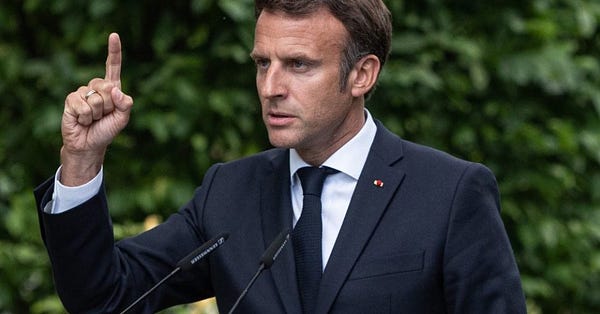





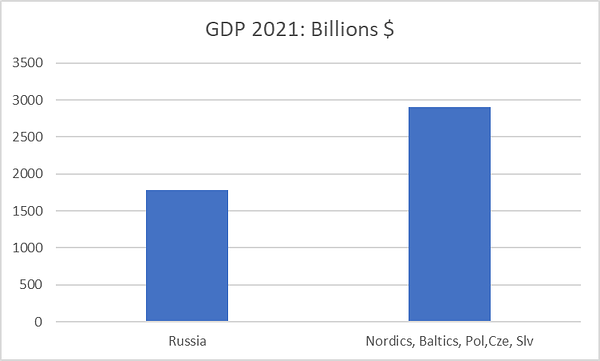


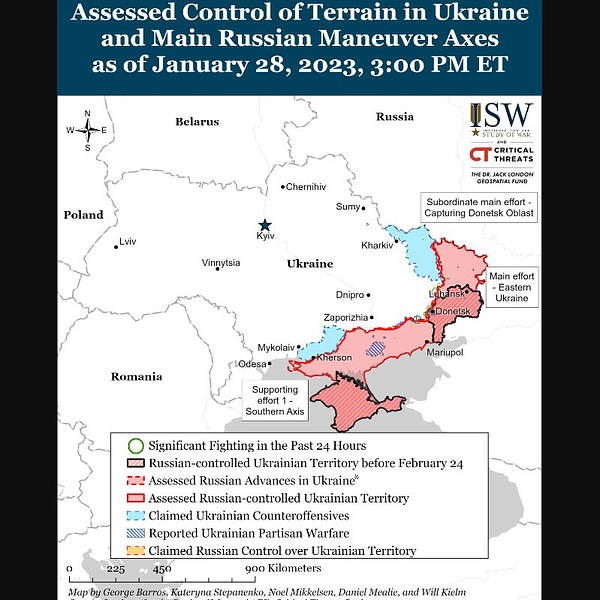
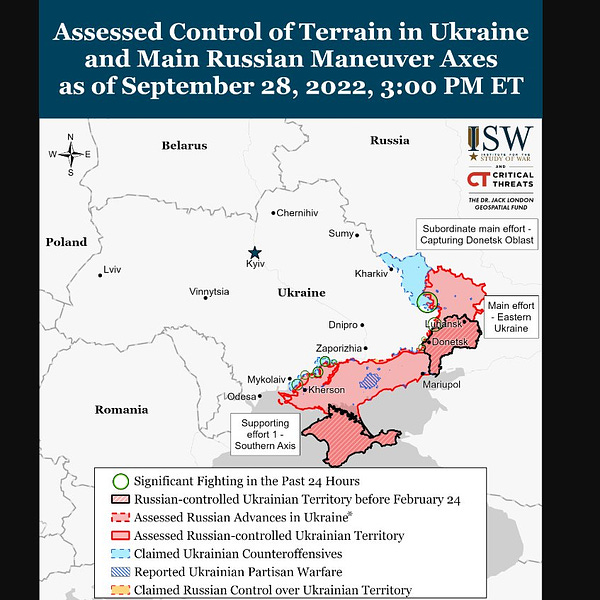

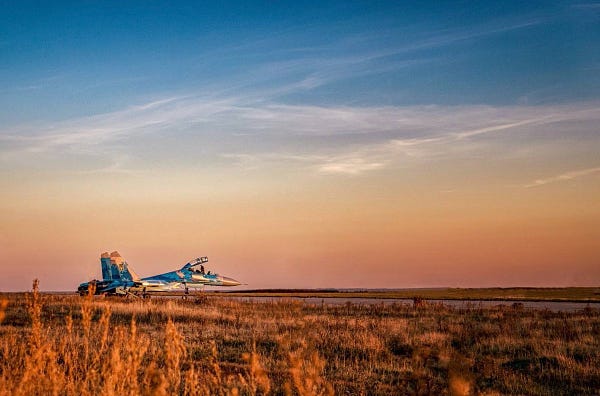

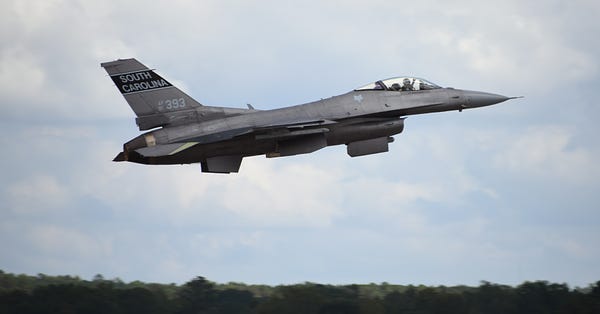


















3 comments:
The very best Jabodetabek private tutoring for kindergarten, elementary, junior high school. The very best private teachers graduated from well-known state universities. Closest tutoring place online to the house at affordable ... go to https://kursus-jerman.vercel.app/kursus-bahasa-jerman-tambora.html for more details
This site offers private lessons for PAUD, TK, SD, SMP, SMA, and Alumni. With an internal and accelerated method, it is hoped which it are able to foster a generation of people who have good morals... click for more detail https://lesprivat-exed.blogspot.com/2022/04/les-privat-kemayoran-1-terbaik.html
Very best as well as Most affordable Jabodetabek Private Training, the workers as well as teachers can come home, placed your own personal study timetable and might pick almost any discipline regarding analysis ... click https://kursus-akuntansi.netlify.app/kursus-akuntansi-tebet.html for further
Post a Comment